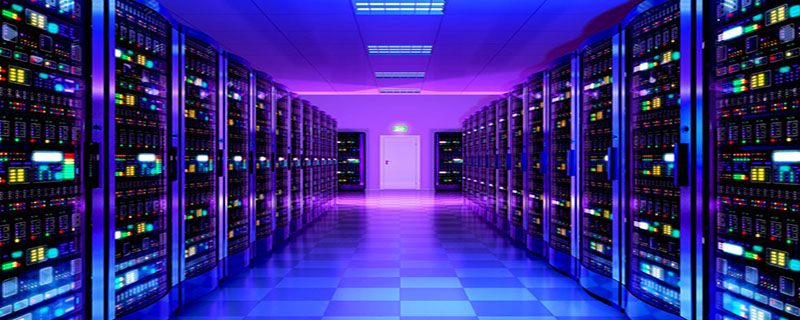

#What does the bus in a microcomputer usually include?
(1) Chip Bus (Chip Bus, C-Bus)
Also known as component level bus, it connects various chips together to form specific functional modules (such as CPU module) information transmission path.
(2) Internal Bus (I-Bus)
Also known as system bus or board-level bus, it is the information transmission path between plug-ins (modules) in the microcomputer system. For example, the transmission path between the CPU module and the memory module or I/O interface module.
(3) External Bus (External Bus, E-Bus)
Also known as the communication bus, it is the connection between microcomputer systems or between microcomputer systems and other systems (instruments, meters, control devices, etc.) Channels for information transmission between devices, such as EIA RS-232C, IEEE-488, etc.
The system bus, also known as the bus in the usual sense, generally contains three buses with different functions, namely the data bus DB (Data Bus), the address bus AB (Address Bus) and the control bus CB. (Control Bus).
The above is the detailed content of What does a bus in a microcomputer usually consist of?. For more information, please follow other related articles on the PHP Chinese website!
 The main function of the arithmetic unit in a microcomputer is to perform
The main function of the arithmetic unit in a microcomputer is to perform
 The performance of microcomputers mainly depends on
The performance of microcomputers mainly depends on
 How to turn off windows security center
How to turn off windows security center
 The most prominent features of computer networks
The most prominent features of computer networks
 How to withdraw fees on WeChat
How to withdraw fees on WeChat
 What is short selling?
What is short selling?
 css3 gradient properties
css3 gradient properties
 Computer software systems include
Computer software systems include




